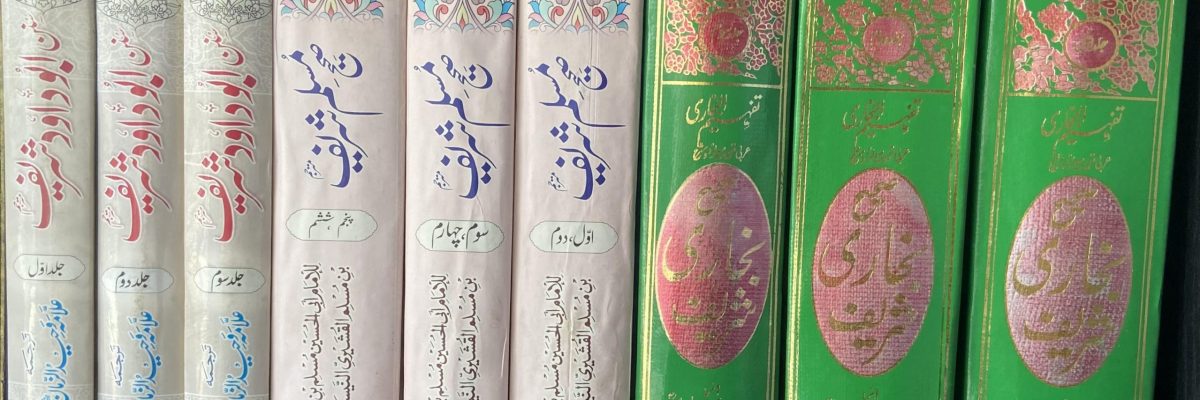Fatwa ID: 05931
Answered by: Maulana Mohammed Dilwar Hussain
Question:
I have read your fatwa on men’s haircuts. You said short back and sides are not permissible because it intimates the disbelievers. I am really confused regarding this because I don’t understand how such a hairstyle imitates the disbelievers. Muslims and non-Muslims alike have this haircut in the west. That’s like saying if Muslims wear jeans we are imitating them or even wear trainers we are imitating them. I just needed some explanation to fully understand the reasons behind how or why it is imitating them. I thought imitating them as if something was only done by them so, in essence, was unique to them for example wearing the cross is imitating them as it is unique to the Christians but a haircut seems far stretched since it is very common in the society by Muslims.
Also following on from that question, the qaza the Prophet PBUH forbade was it specific to a boy who had strange and weird patches on his head? Or would it also refer to fade haircuts that are neat and tidy? Also if fades are haraam then what if one gets a number one on the sides or a number 2 while keeping the top relatively small although not small as the sides. Is this also qaza?
In the name of Allah, the Most Gracious, the Most Merciful
Answer:
Qaz’a refers to shaving part of the head and leaving others. Or to specifically shave the sides and back and leave the forelock. Or it would be to trim some parts of the head and leave the rest longer.
Any hairstyle that entails shaving some part of the head and leaving the other unshaved is impermissible or at the least disliked and explicitly prohibited by the Messenger of Allah ﷺ.
Various reasoning has been given for the prevention of such haircuts; resembling the hairstyles of non-Muslims and distorting the natural disposition that we have been created on. The Messenger ﷺ has said, “whoever imitates a people, then he is from them.” [Sunan Abi Dawood; Hadith 4031]
Elsewhere the Messenger ﷺ talks about safeguarding oneself from changing away from the natural disposition on which we have been created. [Sahih Bukhari; Hadith 4775]
It has never been the tradition of Muslims anywhere in the world to cut their hair with the current trends we find very apparent in our time today. These trends and styles are ever-evolving and have only been in practice for the past few decades. Many of these trends are introduced by famous individuals and then the common people adopt them. This can also be said for many other areas as well (i.e., clothing, perfumes, makeup, home furnishings and etc.). Thus adopting such haircuts would fall under the category of imitating non-Muslims.
In regards to evidence referencing Qaz’a, numerous Hadiths can be found prohibiting it;
The Messenger ﷺ forbade the practice of Qaz’a.” Ubaid Allah said: “I asked what Qaz’a was? So he said: “When the head of a child is shaved and hair is left here and there, and Ubaid Allah pointed towards his forelock and the sides of his head. [Sahih Bukhari; Hadith 5576, Sahih Muslim, Hadith 2120]
The Messenger ﷺ saw a child, part of whose head was shaved and the other was unshaven. The Messenger ﷺ forbade them (the companions) from doing this and said: “Either shave it completely or leave it completely.” [Sunan Abi Dawud; Hadith 4192]
“The practice of Qaz’a is disliked (makruh), and that is to shave part of the head and leave the other to the amount of three fingers.” [Radd al Muhtaar ala Durr al Mukhtaar; vol 6, pg 407)
Only Allah knows best.
Written by Maulana Mohammed Dilwar Hussain
Checked and approved by Mufti Mohammed Tosir Miah
Darul Ifta Birmingham

